Your 9-Month-Old Baby is becoming more mobile, and she may even be crawling by now, and you are overjoyed with her growth. This month is full of exciting developments, including advancements in your baby’s ability to chew solids and utilize her fingers. Continue reading to learn more about the developmental milestones to watch for in your 9-month-old baby, as well as the types of feeding and sleeping Party With Finger Food patterns you could see at this age.

Milestones in Infant Development
You already know how much your baby enjoys playtime – especially when it’s with you! And you’ll have witnessed how much she’s changed and grown. There is no hard and fast rule about what a 9-month-old infant should be doing at this stage, however, the following are common developmental milestones you may notice around this time:
Physical Development: Does Your Baby’s Belly Protrude?
Every baby develops at its own pace. Your baby’s provider will use baby growth charts to track your 9-month-old baby’s weight, length, and head circumference at your next healthcare appointment to ensure her growth is on track. Learn more about how to use infant growth charts.
When your baby begins to stand (whether now or in the coming months), you may notice that her belly and bottom both protrude somewhat. This posture may appear unusual, yet it is totally normal for this period of development. Her alignment will right itself when she is more competent in balancing, which will most likely be during her second year.
Allow Your Baby to Follow Her Nose
At this stage, your baby’s senses are assisting her in learning about her surroundings. Introduce your baby to a variety of fresh and diverse scents to help her explore her sense of smell. Allow her to smell flowers or freshly cut grass, for example. Allow her to inhale the aromas of various meals, items, and materials found indoors. Simply be certain that whatever you offer is safe for her to scent.
Getting New Experiences Through Movement!
Around this time, your baby may learn to roll onto her tummy from a seated posture and then back up. All of these movements are preparing her muscles for the day when she will be able to walk. Your baby may now crawl or do something similar, such as scoot on her bottom or slither on her tummy. Keep in mind that some newborns skip crawling entirely, while others learn it later in life.
Your baby’s hand and finger skills are developing as well. For example, she will most likely have mastered the raking grasp, which means she can reach out and drag objects toward her. She is now focused on establishing the pincer movement or grasp – the capacity to pick up and hold objects between her thumb and forefinger.
She’s probably not quite there yet, but as she interacts with items and begins to feed herself, she’s acquiring stronger control of her fingers and hands. She’ll take things up, shake them, bang them, and hurl them, revelling in the commotion as they tumble to the ground. As a result, make sure that whatever she has to play with is safe and indestructible.
A Day in the Life of Your Baby
Every baby is different, but here’s a glimpse of what a typical day could look like with your baby.
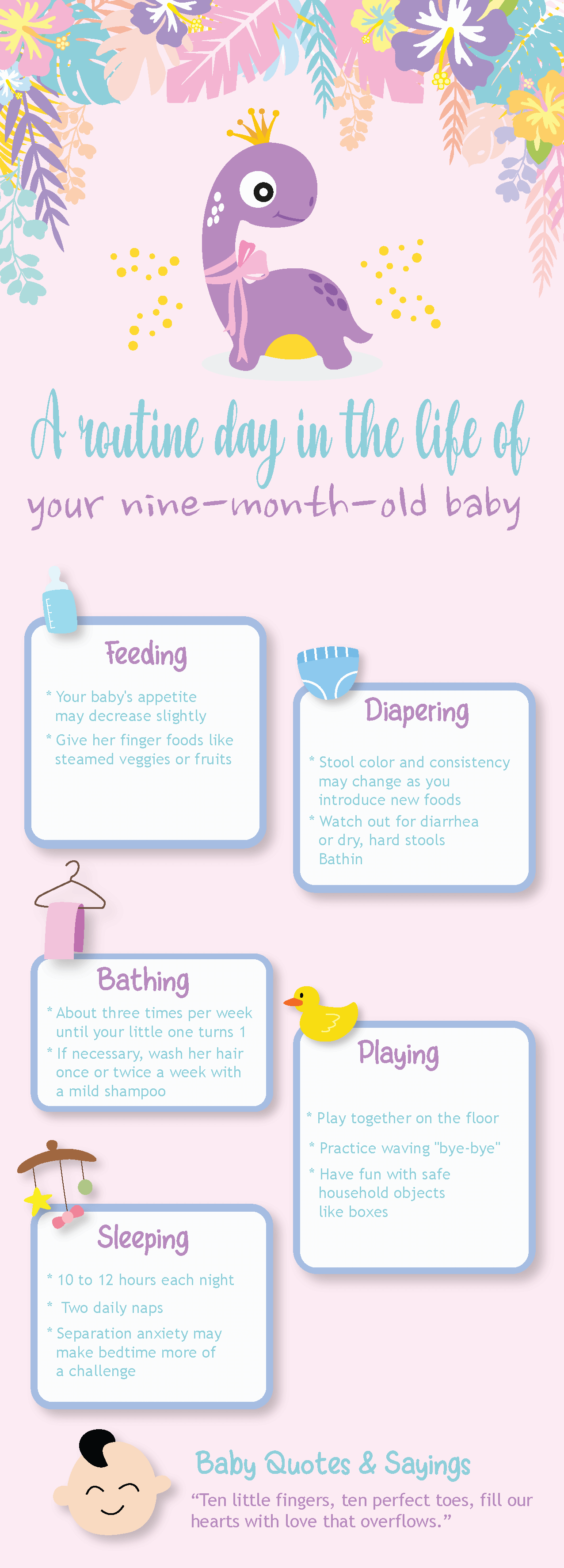
Simple Pleasures of Life: Cognitive Development
Your infant has a short attention span and may only be interested in a toy for two or three minutes before wanting to move on to the next exciting object. However, you do not need to buy brand-new toys for your 9-month-old infant. She’s equally content with everyday stuff like a cereal box or a plastic pail. The essential point is that your baby will love playing with items that are a little different from what she is used to.
In fact, if something is too new and different for her, she may become scared or overwhelmed. As an example, if your child enjoys playing with cereal boxes, you could put a ball inside or attach a thread to it so she can drag the box along.
The basic mirror could be another of life’s simple pleasures for your infant. While she may not have recognized her own reflection in previous months (maybe she mistook it for another baby or a magic show), she may now be reacting to it in a way that implies she understands it’s her. For example, she may grasp a strand of hair or try to rub something off her chin when staring in the mirror.
Play with her in front of the mirror to reinforce this “self-image”: touch different parts of her body and name them, or make different facial expressions and tell her what type of face you’re making.
Have you noticed how observant she is? At 9 months old, your kid can read your emotions. In that scenario, attempt to keep strong negative feelings at bay; instead, make consistent and loving contact with her so that she feels secure and loved rather than overwhelmed and agitated.
This page is based on professional advice from reputable medical and government organizations, such as the American Academy of Pediatrics and the American College of Obstetricians and Gynecologists. This page’s material should not be used in place of professional medical advice. For a complete diagnosis and treatment, always seek the advice of a medical expert.


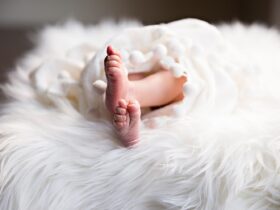

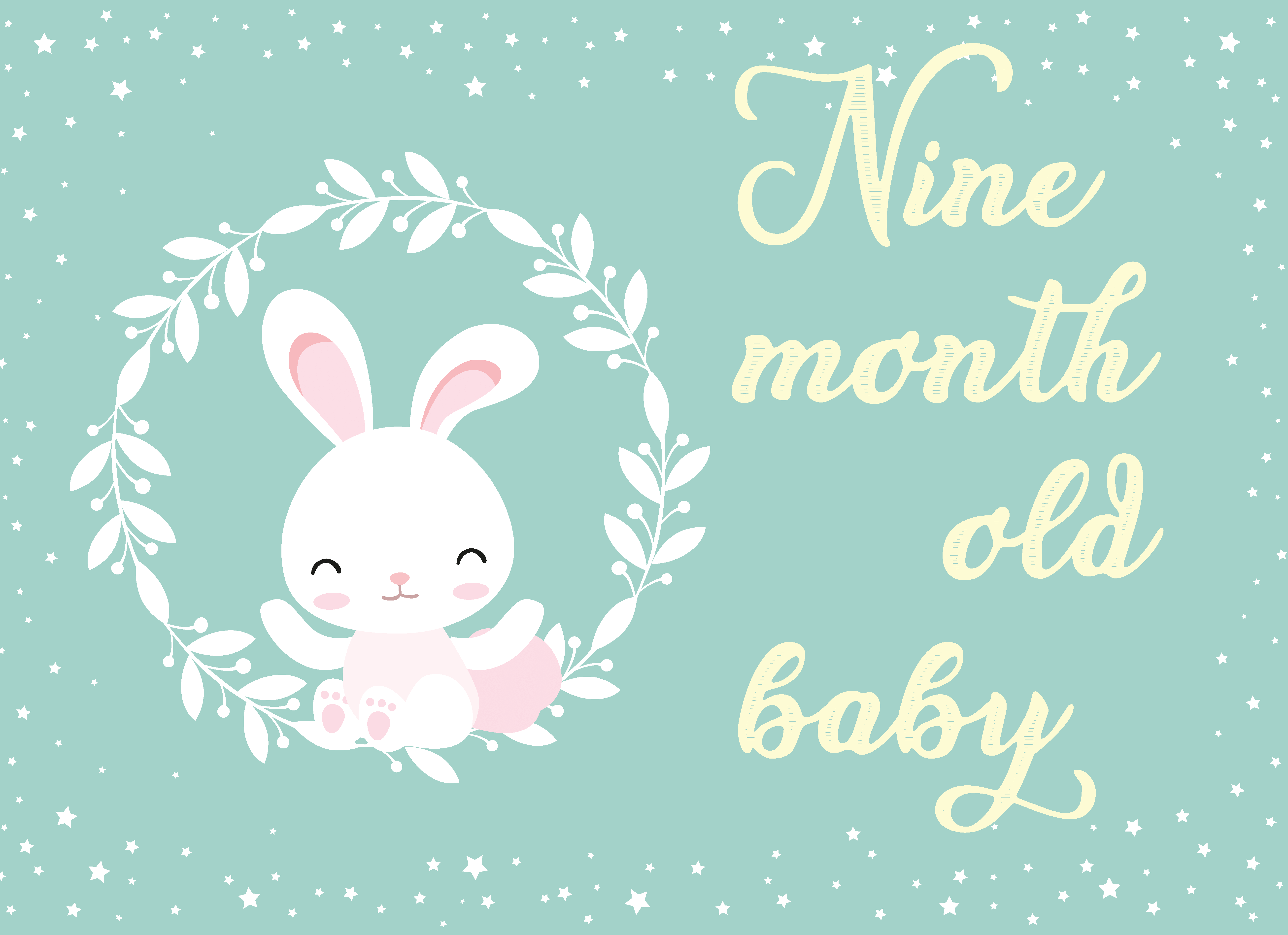


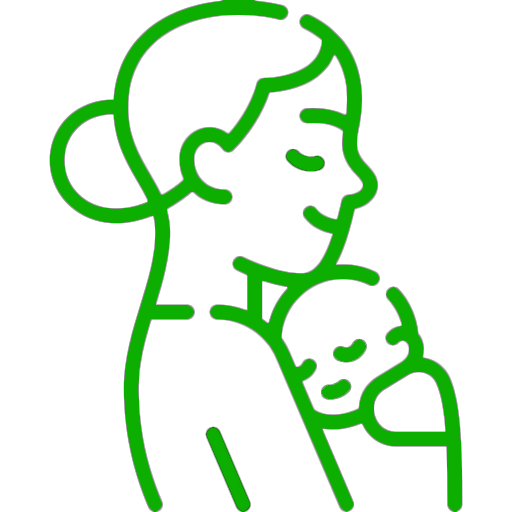

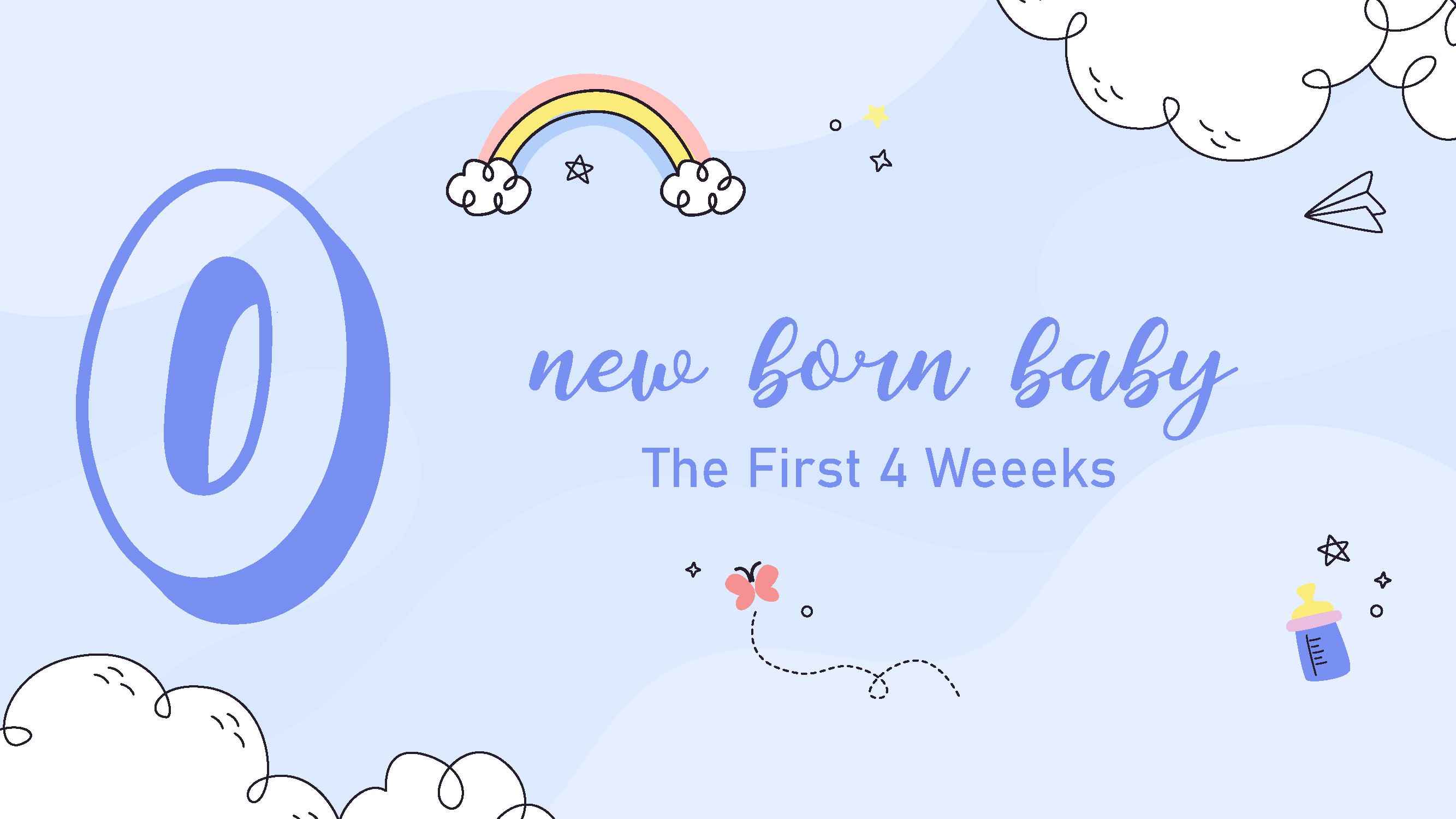
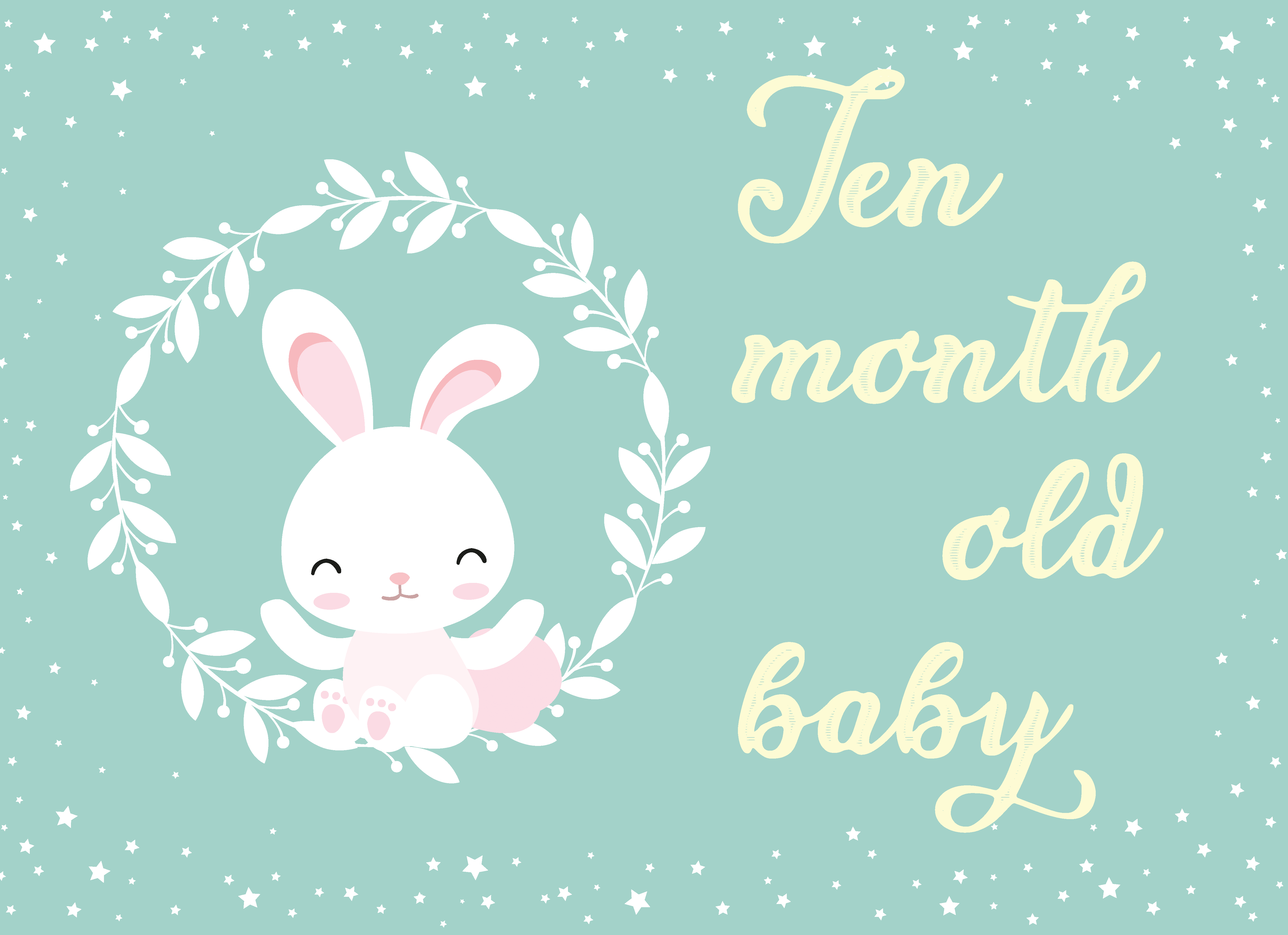
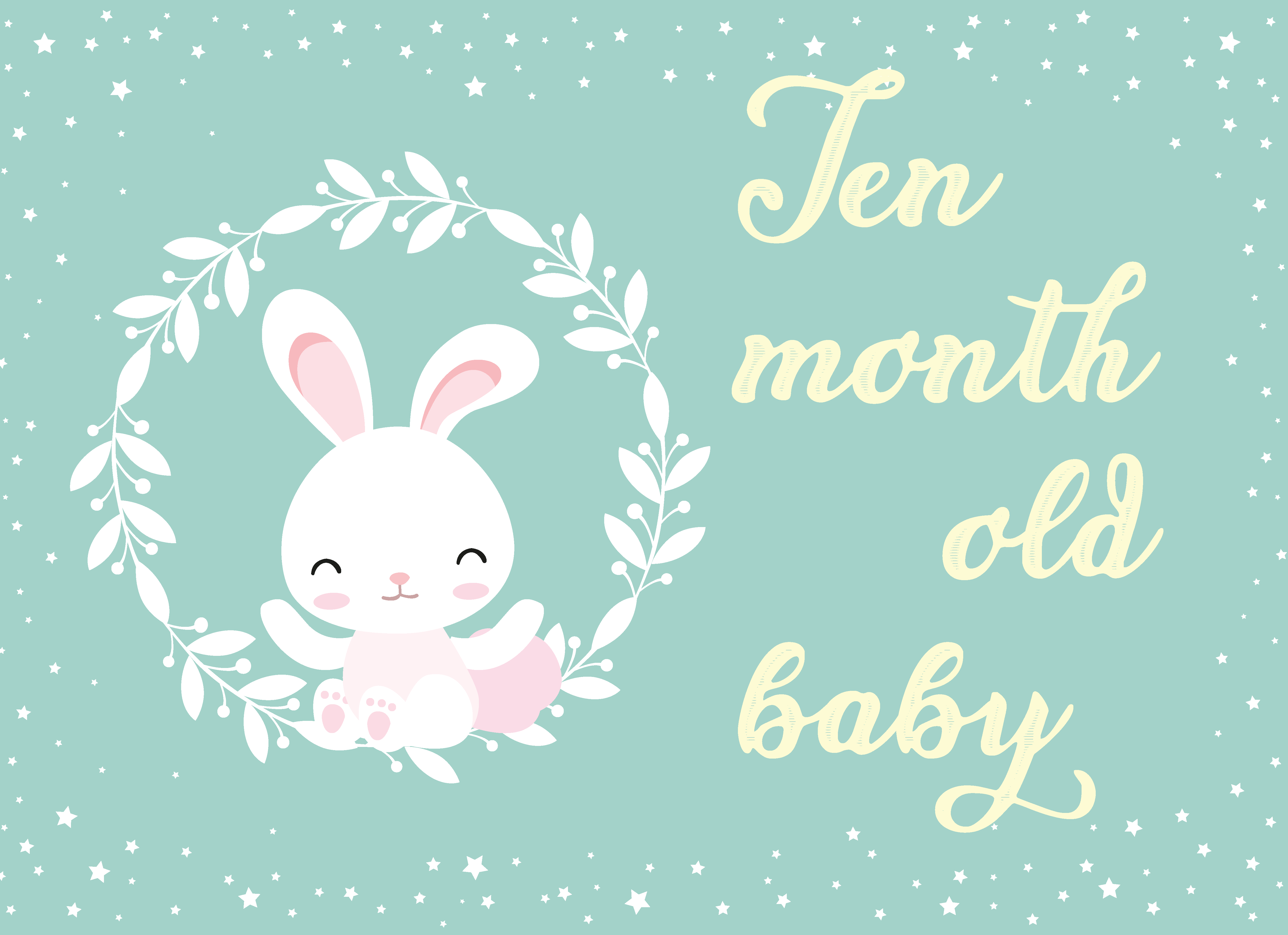
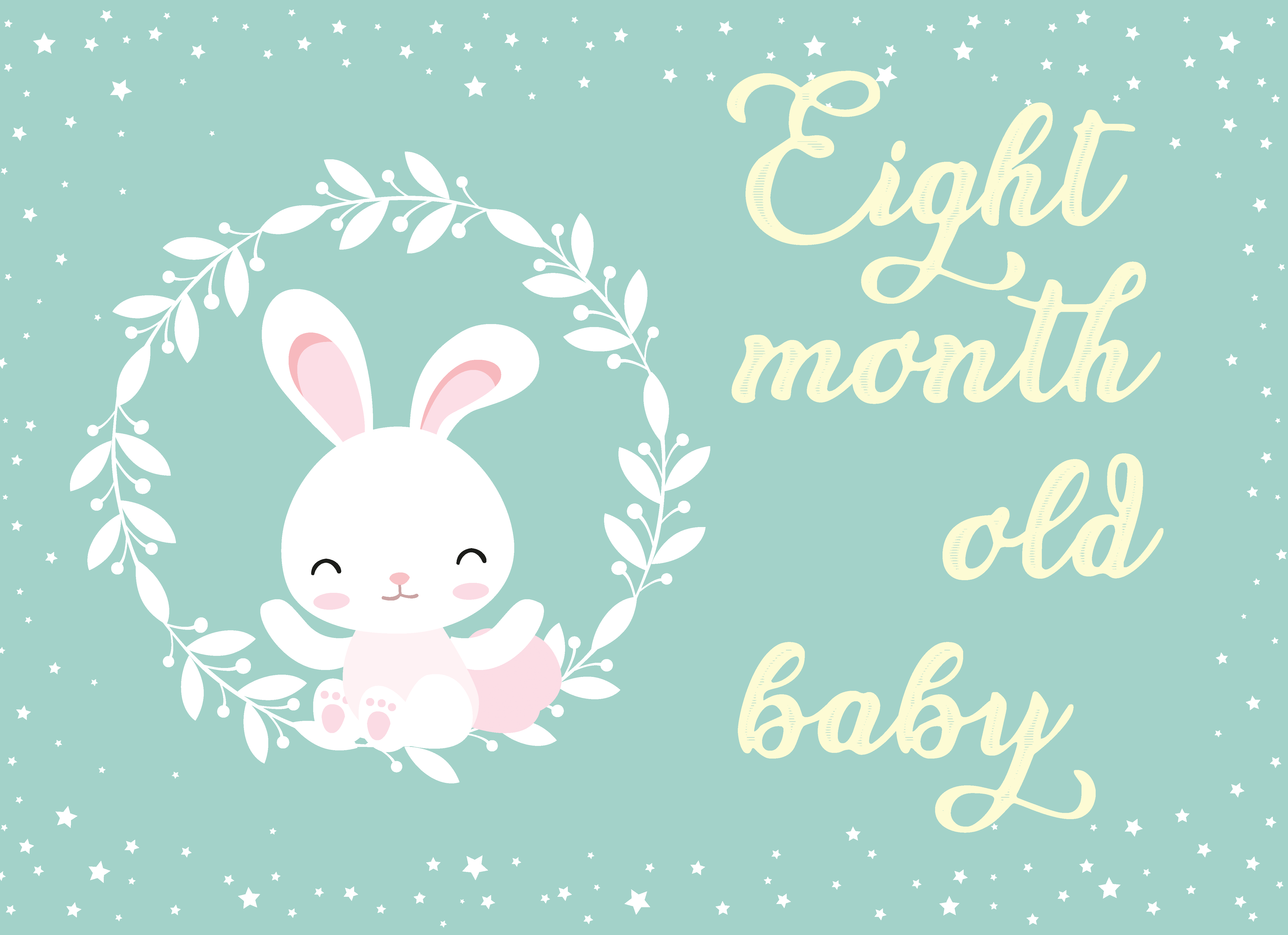
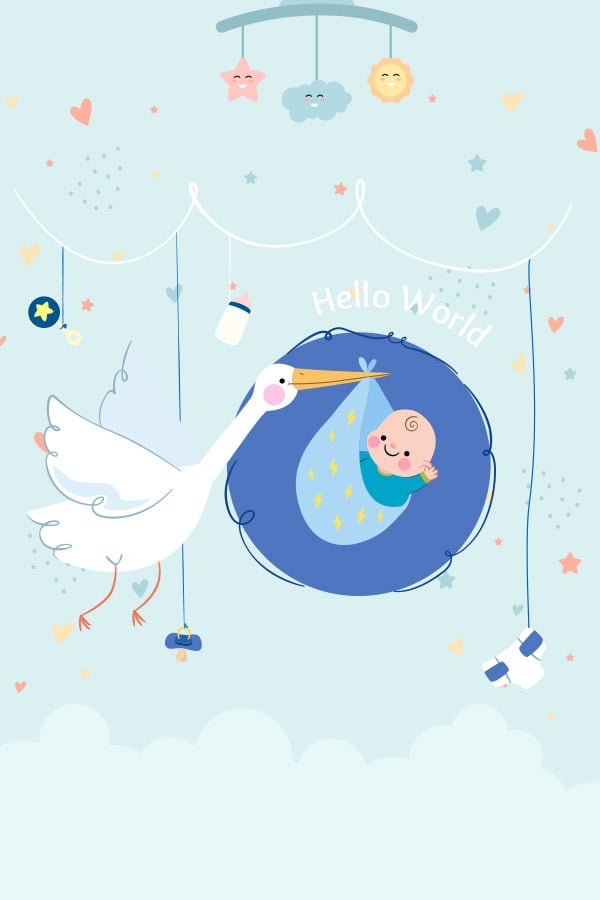
Leave a Reply
View Comments